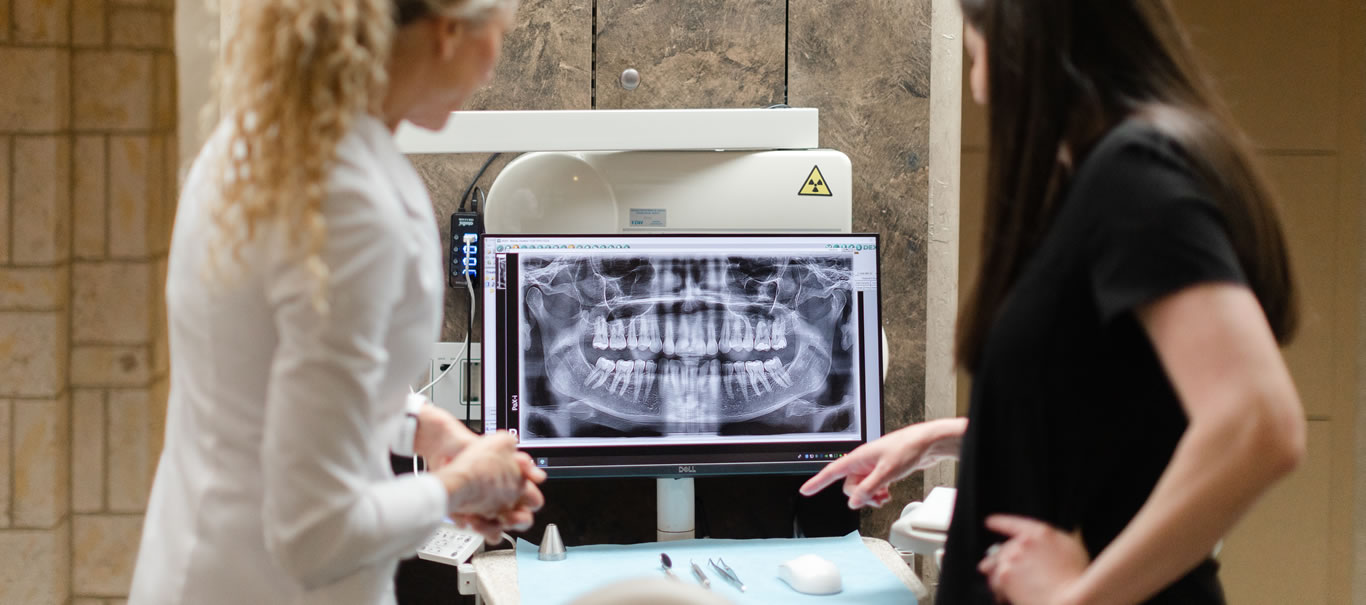Do you have pain in your jaw or neck and get recurring headaches?
Millions of Americans suffer from chronic facial and neck pain as well as recurring headaches. In some cases, this pain is due to Temporomandibular Disorder, or TMD. Your temporomandibular joints (TMJ) connect your lower jawbone to your skull. These joints get a lot of use throughout the day as you speak, chew, swallow, and yawn. Pain in and around these joints can be unpleasant and may even restrict movement. Dr. Rebecca Angus has specialized training in the treatment of TMD and craniofacial pain and has helped countless people find relief from this often debilitating condition.
Symptoms of TMJ
- Pain in the jaw area
- Pain, ringing, or stuffiness in the ears
- Frequent headaches or neck aches
- Clicking or popping sound when the jaw moves
- Swelling on the sides of the face
- Muscle spasms in the jaw area
- A change in the alignment of top and bottom teeth
- Locked jaw or limited opening of the mouth
Should you notice any of these symptoms, schedule an appointment with Dr. Angus so she can develop an effective treatment for you to take you out of pain and get you functional again.
There are a few simple steps you can take at home or work to prevent TMD from becoming more severe, or to prevent it from occurring:
- Relax your face — remember the rule: “Lips together, teeth apart”
- Avoid grinding your teeth
- Avoid constant gum chewing
- Don’t cradle the phone receiver between your head and shoulder — either use a headset or hold the receiver in your hand
- Chew food evenly on both sides of your mouth
- Frequent head and neck massage treatments
- Do not sit with your chin rested on your hand
- Try these 6 exercises 6 times a day
Practice good posture — keep your head up, back straight, and shoulders squared
